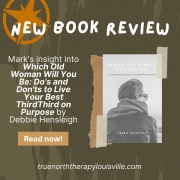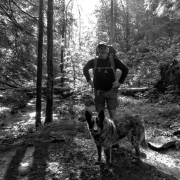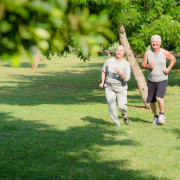Which Old Woman Will You Be? A Book Review | Healthy Aging Series: Part 16
In this week’s entry to the Healthy Aging Series, I offer my thoughts concerning Debbie Hensleigh’s book, Which Old Woman Will You Be? Do’s and Don’ts for Living Your ThirdThird on Purpose. Hensleigh writes: “Start being that old woman you want to be… on purpose. Determined to live on purpose, intentionally forecasting which old woman…






